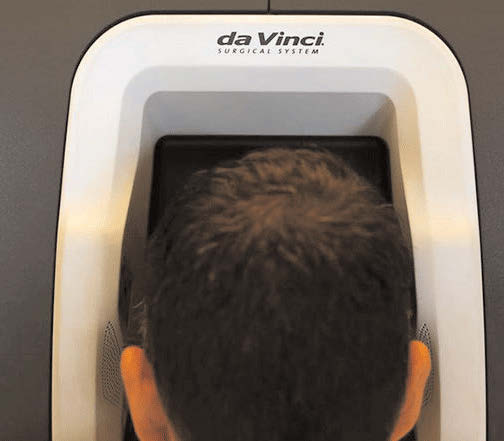
WASHINGTON (TIP): Nasa researchers will drop a 45-foot-long helicopter fuselage from a height of about 30 feet to test improved seat belts and seats and advance experimental techniques and crashworthiness data. The ultimate goal of the crash is to help make helicopters and other vertical take-off and landing vehicles more serviceable — able to carry more passengers and cargo — quicker, quieter, safer and greener, Nasa said.
Improved designs might allow helicopters to be used more extensively in the airspace system. “We have instrumented a former Marine helicopter airframe with cameras and accelerometers,” said lead test engineer Martin Annett. “Almost 40 cameras inside and outside the helicopter will record how 13 crash test dummies react before , during and after impact ,” said Annet.
During the test, onboard computers will record more than 350 channels of data as the helicopter is swung by cables , like a pendulum, into a bed of soil. Just before impact, pyrotechnic devices release the suspension cables from the helicopter to allow free flight. For the first time ever in any test, technicians installed a video game motion sensor in the helicopter. The helicopter will hit the ground at about 48.2kph. “We want to see if it is useful as an additional way to track the movements of the dummies,” said test engineer Justin Littell.





Be the first to comment